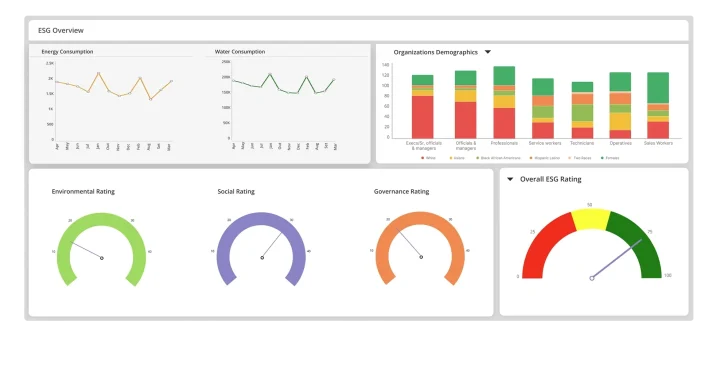Forensic Accounting Techniques for Fraud Detection in Digital Transactions

Fraud in digital transactions is like a shadow—it follows the money, often invisible until you know where to look. Forensic accounting shines a light on those dark corners, uncovering irregularities that might otherwise go unnoticed. Let’s dive into the techniques experts use to detect fraud in the digital realm.
The Growing Need for Forensic Accounting in Digital Fraud
With online payments, cryptocurrencies, and instant transfers dominating finance, fraudsters have more opportunities than ever. In fact, global digital payment fraud losses are projected to exceed $48 billion by 2023. That’s where forensic accounting steps in—part detective work, part financial analysis.
Key Forensic Accounting Techniques
1. Data Mining and Pattern Recognition
Forensic accountants sift through mountains of transaction data, hunting for anomalies. Think of it like finding a needle in a haystack—except the needle might be disguised as straw. Tools like Benford’s Law help spot unnatural number distributions, while AI-driven algorithms flag suspicious patterns.
2. Link Analysis
Fraudsters often hide behind layers of accounts. Link analysis maps relationships between transactions, accounts, and entities—revealing hidden connections. A sudden transfer between two seemingly unrelated accounts? That’s a red flag.
3. Digital Footprint Tracing
Every digital transaction leaves traces—IP addresses, timestamps, device IDs. Forensic accountants follow these breadcrumbs to reconstruct fraudulent activities. For example, if an employee’s login matches the timing of unauthorized transfers, well, that’s no coincidence.
4. Blockchain Forensics
Cryptocurrency fraud is booming. Forensic accountants use blockchain explorers to track wallet addresses, tracing stolen funds across exchanges. Sure, crypto is pseudonymous—but not as anonymous as criminals hope.
5. Behavioral Analytics
People have habits—even fraudsters. Behavioral analytics flags deviations from normal spending or login patterns. If a user who normally logs in from New York suddenly accesses their account from Moscow, it’s worth investigating.
Common Types of Digital Fraud Uncovered
Forensic accounting doesn’t just spot fraud—it categorizes it. Here’s what often pops up:
- Phantom vendors: Fake suppliers invoicing for nonexistent goods.
- Payroll fraud: Ghost employees or inflated hours.
- Money laundering: Layering transactions to obscure origins.
- Account takeovers: Hackers draining funds via compromised logins.
Real-World Challenges in Digital Fraud Detection
It’s not all smooth sailing. Forensic accountants face hurdles like:
- Encrypted data: Privacy protections can slow investigations.
- Cross-border transactions: Jurisdictional headaches.
- Rapid tech evolution: Fraud tactics adapt faster than regulations.
How Businesses Can Strengthen Defenses
Prevention beats cure. Companies should:
- Implement real-time transaction monitoring.
- Conduct regular forensic audits—not just annual checks.
- Train staff to recognize social engineering red flags.
The Future of Forensic Accounting
AI and machine learning are game-changers, but so are fraudsters. The cat-and-mouse race continues. One thing’s certain—forensic accounting will remain essential in keeping digital transactions honest.







